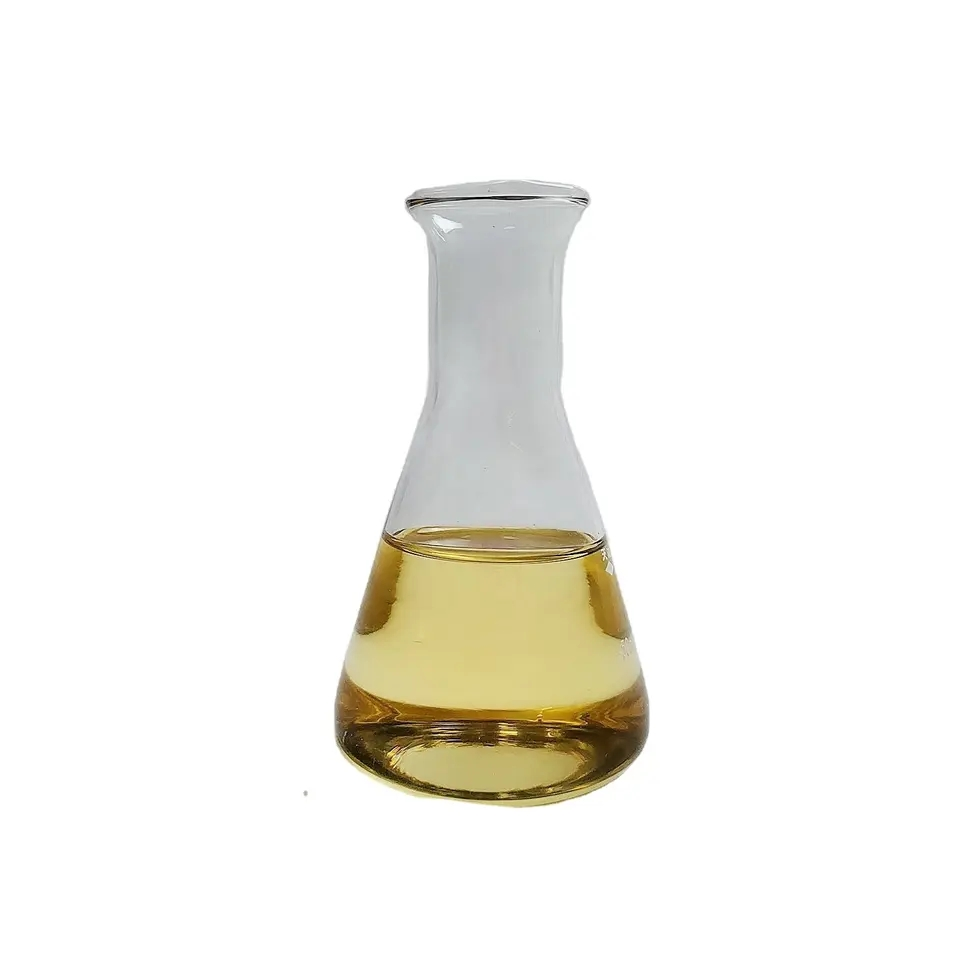
- +86-13363869198
- weimiaohb@126.com

Aug . 09, 2024 02:50 Back to list
Synthesis and Applications of Isopropyl Acetoacetate in Organic Chemistry and Pharmaceutical Development
Understanding Isopropyl Acetoacetate A Valuable Chemical Compound
Isopropyl acetoacetate, a compound with the CAS number 542-08-5, is a member of the acetoacetate family. Recognized for its distinctive structural composition and functional properties, this compound plays a significant role in various chemical reactions and is widely used across multiple industries.
Chemical Structure and Properties
Isopropyl acetoacetate has a chemical formula of C₇H₁₄O₃. Its structure features an isopropyl group, which is attached to the acetoacetate moiety. This unique structural arrangement gives the compound its inherent versatility. It appears as a colorless to pale yellow liquid with a pleasant odor, making it particularly appealing for formulations where scent is essential.
The compound is known to have moderate solubility in water while being more soluble in organic solvents. Its boiling point is estimated to be around 162 °C, which, alongside its flash point of 62 °C, indicates that it can be handled with caution in industrial settings.
Applications in the Industry
Isopropyl acetoacetate is primarily utilized as an intermediate in the synthesis of pharmaceuticals and agrochemicals. The compound serves as a valuable building block for the production of various medicinal compounds, including those used in the treatment of chronic conditions. Its ability to participate in various organic reactions, such as Claisen condensation reactions, makes it a crucial reagent for synthetic chemists.
In addition to its pharmaceutical applications, isopropyl acetoacetate is employed in the manufacturing of flavoring agents and fragrances, contributing to the food and cosmetic industries
. Its pleasant aroma and flavor properties make it a desirable ingredient in various formulations.Synthetic Routes
isopropyl acetoacetate cas 542-08-5

The synthesis of isopropyl acetoacetate can be accomplished through several methods, with the most common approach being the reaction of acetoacetic ester with isopropyl alcohol in the presence of an acid catalyst. This reaction not only yields isopropyl acetoacetate but also highlights the compound's adaptability to different synthetic pathways.
The ability to produce it through straightforward synthetic routes has made isopropyl acetoacetate a staple in laboratories and industrial plants focusing on organic synthesis. The ongoing research into improving the efficiency of its production reflects its importance in the field.
Safety Considerations
Like many chemical compounds, isopropyl acetoacetate must be handled with care due to its potential hazards. It is classified as a flammable liquid, and direct exposure can lead to irritation of the skin and eyes. Safety data sheets recommend using personal protective equipment (PPE) when working with this compound, along with proper ventilation to minimize inhalation risks.
Future Perspectives
The demand for isopropyl acetoacetate is expected to grow due to its extensive applicability in the synthesis of novel compounds. As a key intermediate in the pharmaceutical and over-the-counter drug industries, it continues to attract interest from researchers seeking to explore its potential further.
Ongoing advancements in synthetic methodologies and a growing emphasis on environmentally-friendly practices could lead to more sustainable production processes for isopropyl acetoacetate. As industries seek greener alternatives, this compound could play a vital role in developing eco-conscious chemical processes.
Conclusion
In summary, isopropyl acetoacetate (CAS 542-08-5) is a versatile and important compound in organic synthesis, with significant implications in pharmaceuticals, flavorings, and fragrances. Its adaptable synthesis routes and valuable chemical properties ensure it remains a critical ingredient in various applications. As research and technological advancements continue, we can expect isopropyl acetoacetate to further establish its presence in the chemical landscape.
-
GS-441524 for White Liquid Factories: Boost Efficiency & Purity
NewsAug.04,2025
-
Premium Pharma Intermediates | AI-Optimized Synthesis
NewsAug.03,2025
-
GS-441524 White Liquid Production for Factories | AI-Optimized
NewsAug.02,2025
-
AI-Optimized CAS: 79099-07-3 Factories for High Yield
NewsAug.01,2025
-
Premium CAS 1451-83-8 Factory with GPT-4 Turbo | AI-Optimized
NewsJul.31,2025
-
Pharmaceutical Intermediates - AI-Optimized Synthesis & Purity
NewsJul.31,2025